Vegetable Jalfrezi: From Kitchen Chaos to Culinary Cool
If you’ve ever stared into your fridge at 8 PM wondering what the heck to cook, and then suddenly remembered that onion, bell pepper, and those random veggies in the crisper drawer could save your dinner — congrats! You’re halfway to making vegetable jalfrezi. This vibrant, sizzling stir-fry from India is not just a feast for your taste buds but also a celebration of spice magic. In this article, we’ll dive into:
- What makes jalfrezi so damn spicy (in all the right ways)
- How to customize it like a pro-chef or weekend warrior
- The secret to nailing that perfect sear without crying over chopped onions
- And yes — even how to make it vegan-friendly (because why not?)
目录
- What Exactly Is Vegetable Jalfrezi?
- The Spice Lineup That Brings the Heat
- Veggie Choices: What Works and What Doesn’t
- Pro Tips to Perfect Jalfrezi Every Time
- Customizing Your Dish Like a Pro
- Visual Comparison Table: Mild vs. Hot Versions
- Final Thoughts on This Sizzling Sensation
What Exactly Is Vegetable Jalfrezi?
Let’s start with the basics. Jalfrezi comes from two words: ‘jhal’ meaning spicy and ‘frezi’ meaning hot or warm. Originally a way to use up leftover chicken or meat in India, it quickly evolved into a beloved vegetarian version, especially in British Indian cuisine.
So, what do you get? A colorful mix of bell peppers, onions, tomatoes, and other veggies cooked with bold spices and a bit of tanginess from vinegar or lemon juice. It’s essentially the rockstar of the curry world — fiery, flavorful, and totally fun to say.
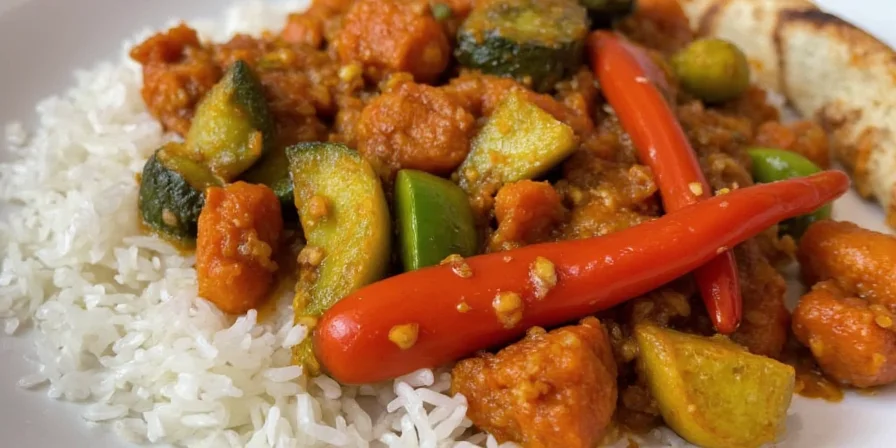
The Spice Lineup That Brings the Heat
You can’t talk about jalfrezi without diving deep into the spices that give it that signature kick. Here’s your must-have crew:
- Kashmiri chili powder: Adds heat and that beautiful red color without being overly aggressive.
- Turmeric: For that golden glow and anti-inflammatory power (you're welcome, health gods).
- Cumin seeds: The backbone of any good Indian stir-fry. Toast them first for maximum aroma!
- Garam masala: The finishing touch that brings warmth and depth.
- Vinegar or lemon juice: Optional but highly recommended. It gives that tangy edge that sets jalfrezi apart from other curries.
- Fenugreek leaves (kasuri methi): Crush a few between your fingers at the end to unlock an earthy, almost maple-like fragrance.
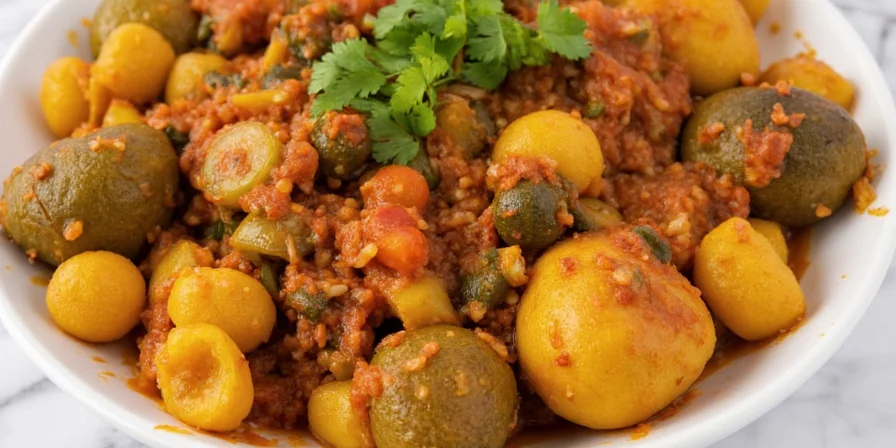
Spice Level Hack:
If you’re cooking for a mixed crowd (one who likes “mild” and another who thinks jalapeños are a garnish), keep the chilies whole and let people fish them out. Trust us, this avoids food fights.
Veggie Choices: What Works and What Doesn’t
One of the best things about vegetable jalfrezi is its flexibility. But don’t go throwing in raw broccoli or watery zucchini unless you want texture chaos. Here’s the ultimate veggie guide:
| Veggie | Pros | Cons |
|---|---|---|
| Bell Peppers (Capsicum) | Crunchy, sweet, holds up well | None if sliced evenly |
| Onions | Sweetens when sautéed, adds bite | Makes you cry (unless you chill them first) |
| Tomatoes | Adds acidity and body | Can get mushy if overcooked |
| Zucchini | Great for moisture | Can become soggy fast |
| Green Beans | Firm texture, fresh flavor | Need to be parboiled for tenderness |
| Eggplant | Absorbs flavors beautifully | Can get oily easily |
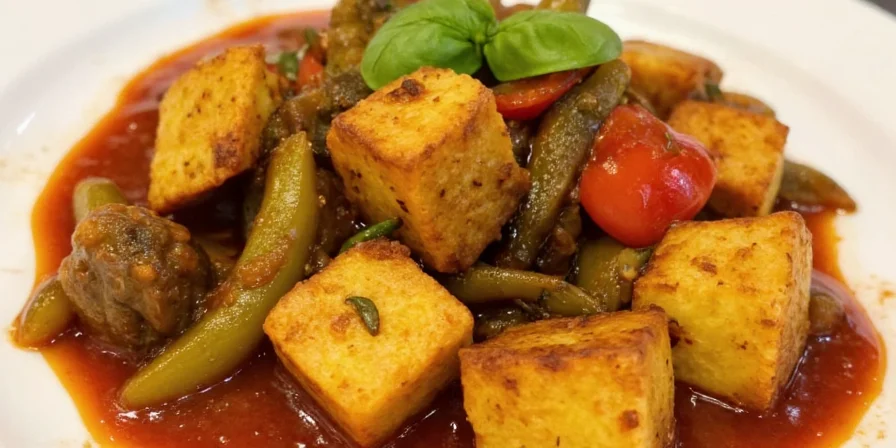
Pro Tips to Perfect Jalfrezi Every Time
Now that you know the ingredients, let’s turn up the heat — literally. Here are some chef-tested tips to take your jalfrezi game from okay to outstanding:
- Prep everything before heating the pan – Jalfrezi cooks fast, and you don’t want to be chopping while your onions burn.
- Use a cast-iron skillet or wok – High heat and even distribution are key to achieving that sear and slight char.
- DON’T skip the tempering step – Let cumin seeds crackle in hot oil. It unlocks their full potential.
- Keep moving! – Stir constantly once the veggies hit the pan to prevent sticking or burning.
- Season in layers – Add salt after each major ingredient addition. You’ll have better control over seasoning.
- Don’t drown it in water or stock – Jalfrezi should be thick and chunky, not soupy. If needed, add a splash of water sparingly.
- Finish with kasuri methi – Rub the dried fenugreek between your fingers directly over the dish for that final aromatic flourish.
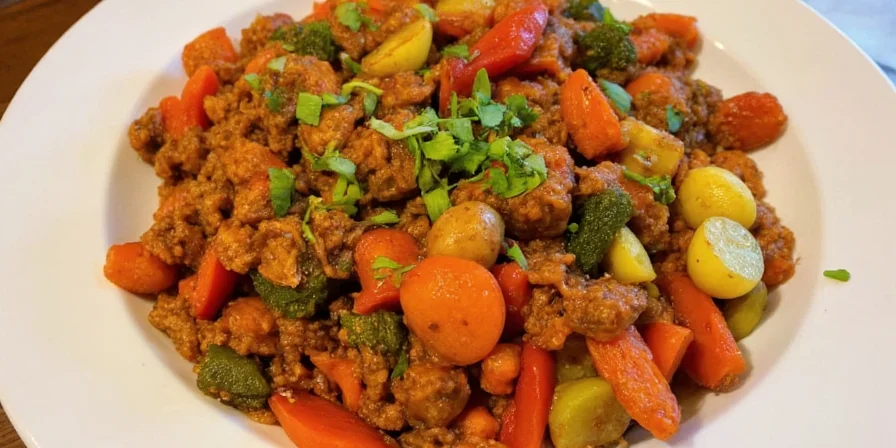
Customizing Your Dish Like a Pro
Once you’ve got the basics down, jalfrezi becomes your culinary playground. Here are some creative twists:
- Vegan Option: Replace ghee with coconut oil and ensure your spice mix is vegan-certified.
- Extra Crunch: Add cashews or peanuts at the end for contrast.
- Protein Boost: Toss in tofu, paneer, chickpeas, or even grilled mushrooms for a hearty twist.
- Gluten-Free Friendly: Serve with gluten-free flatbread or rice.
- Serve with: Naan, roti, basmati rice, or even as a topping for baked potatoes — seriously, it works!
Variety Chart: Spice Levels & Veggies
| Spice Level | Veggie Pairing | Flavor Note |
|---|---|---|
| Mild | Bell peppers, carrots, peas | Smoother, kid-friendly |
| Medium | Onions, green chilies, tomatoes | Classic, balanced heat |
| Hot | Chili pieces, eggplant, okra | For those who love to sweat (and smile through the tears) |
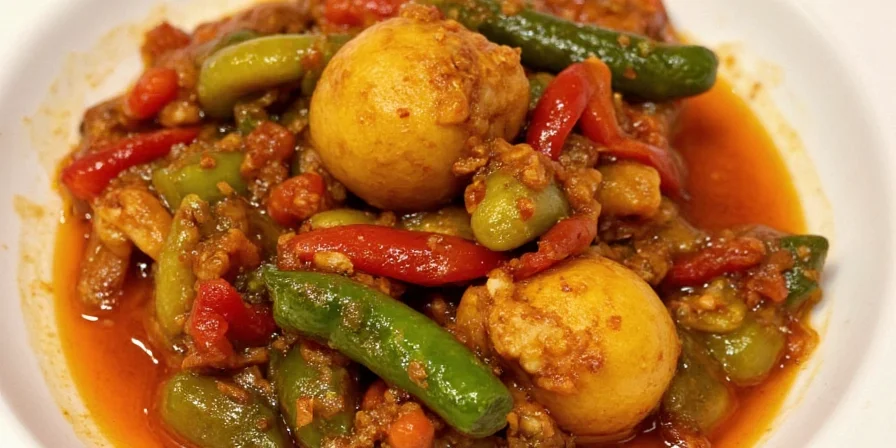
Final Thoughts on This Sizzling Sensation
In the universe of Indian-inspired dishes, vegetable jalfrezi stands tall — equal parts fiery, flavorful, and flexible. Whether you're a seasoned cook or a curious beginner, this recipe is a fantastic gateway to exploring spice profiles beyond the usual suspects.
Remember, jalfrezi isn’t about perfection — it’s about personality. So crank up the heat, play with the spices, and let your taste buds dance. And hey, if you end up shedding a tear or two from chopping onions... well, at least they’re happy tears.
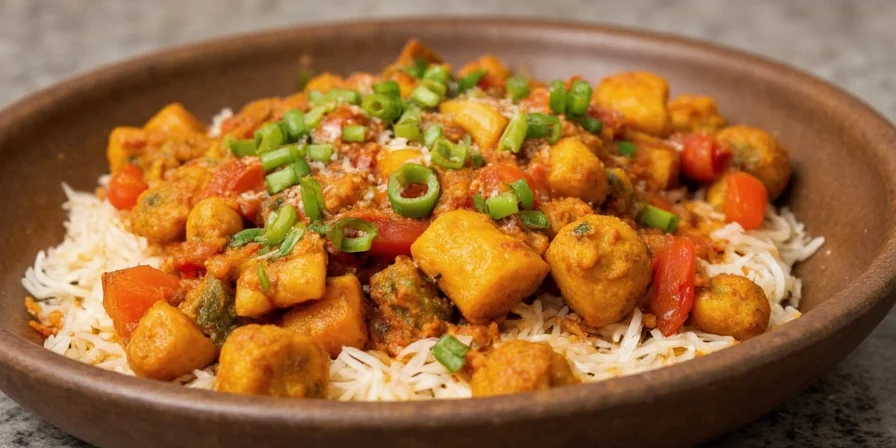

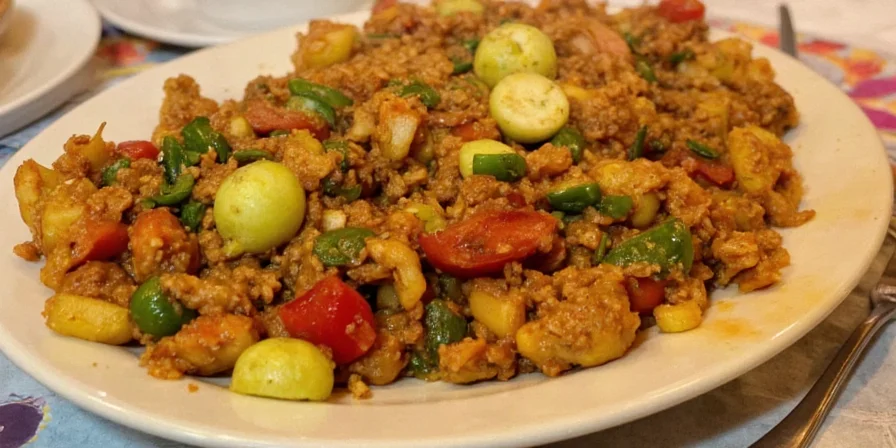









 浙公网安备
33010002000092号
浙公网安备
33010002000092号 浙B2-20120091-4
浙B2-20120091-4